Fernand Léger

In 1918, Purism opposed Synthetic Cubism on the grounds it was becoming merely an obscure, decorative art out of reach for the machine age. Purists sustained that the machinery’s clean functional lines and the pure forms of its parts should lead artists’ experiments in design, whether in painting, architecture, or industrially produced objects.
The “machine aesthetic” inspired Fernand Léger (1881-1955), a French artist who had painted with the Cubists. He conceived a successful compromise of tastes, bringing together meticulous Cubist analysis of form with Purism’s all-encompassing simplification and machinelike finish of the design constituents. He kept from his Cubist practice a predilection for cylindrical and tube-shaped motifs, evocative of machined parts such as pistons and cylinders. Léger’s works have the exact precision of the machine, whose beauty and quality he was one of the first artists to value.

 Hide filters
Hide filters

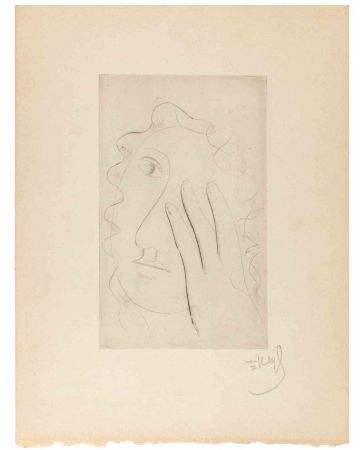



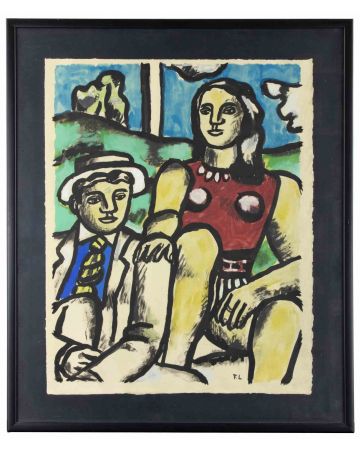
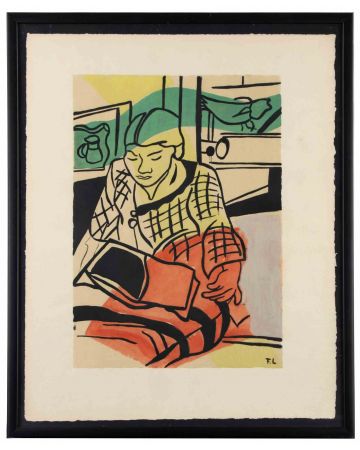

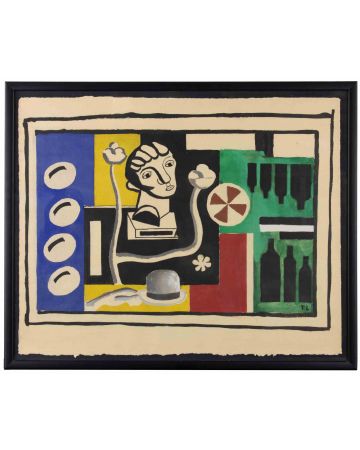



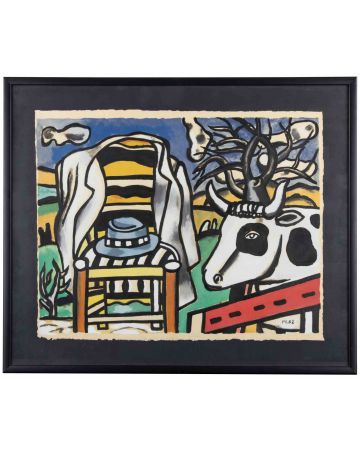
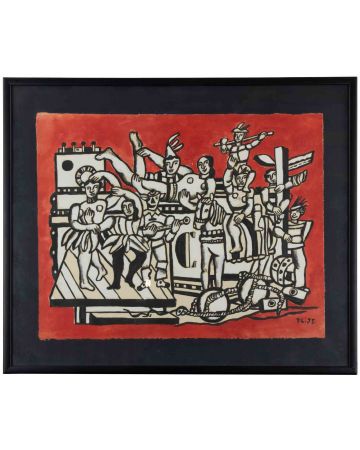
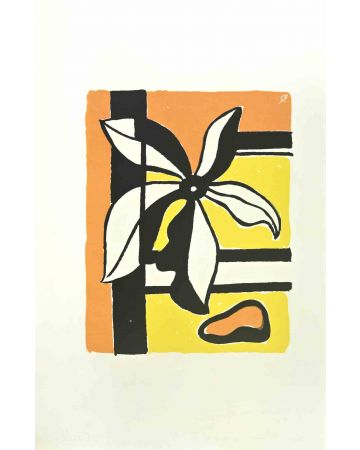


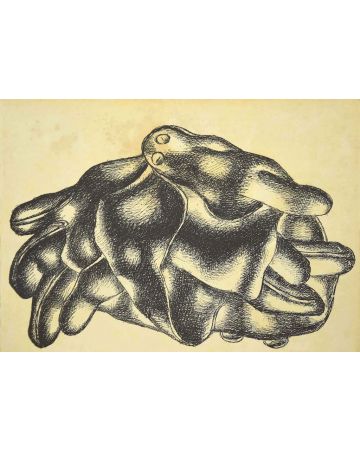
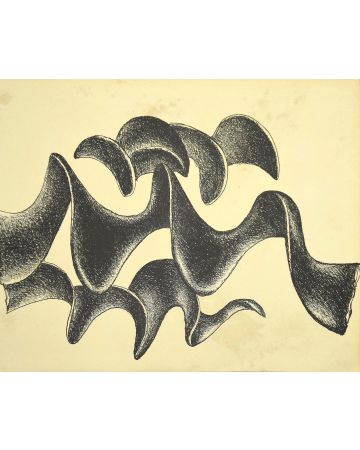

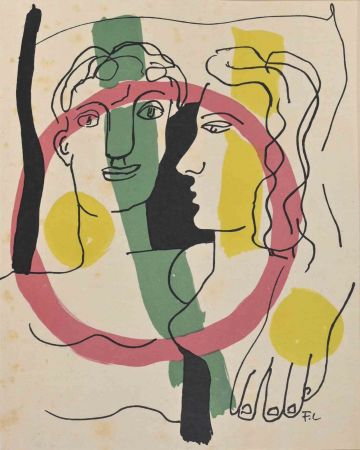
Validate your login
Sign In
Create New Account